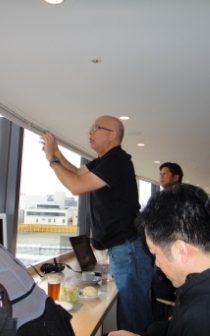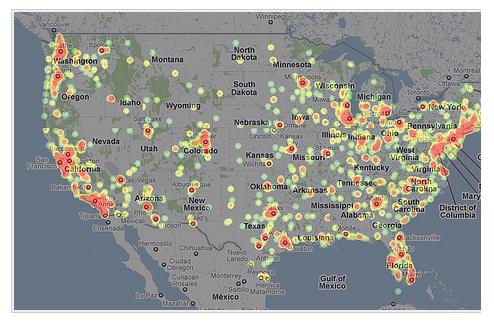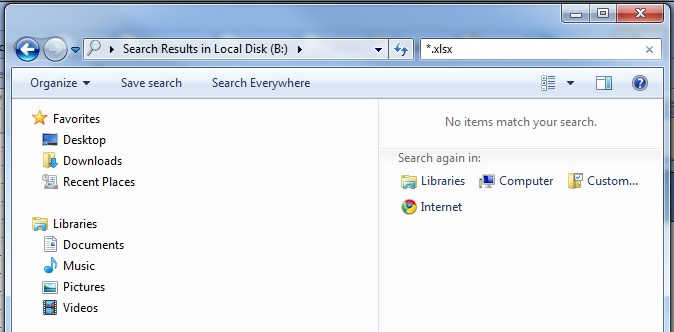The Factors of Production Disassemble and Big Business Dissembles
Companies have been citing economies of scale as reason to acquire, merge, or grow ever since the beginning of industrialization. It is not hard to grasp the idea that the cost of each additional unit will drop as more units are produced. There are every day examples of this from ordering business cards to getting the next bigger bag of popcorn at the theater. Doubling the size of the order rarely doubles the cost. In addition to increasing competitiveness by lowering production cost, manufacturers have also been heavily incented to acquire their suppliers to secure raw materials consistently. In addition, when significant research and development investment is required - large scale is required to justify that investment. Bringing a new drug, airplane, or car to market can only happen when large scale production is the likely outcome.
Natural monopolies are sometimes formed when new technologies are discovered and more so when large initial investments are required. The first railroad, telegraph, and electrical grid are good examples of natural monopolies. Once the track was laid down, the cost of running the train was so much less than the next competitor (who still had to build their track) that protecting the monopoly and remaining profitable was not only conceivable by likely. In the case of the telegraph, the network effect rewarded the first to market because the usefulness of the network increased as more people were connected to it, further securing the monopoly.
For all of these reasons we have lived our entire lives in a world where bigger was better. Until now.
Over the past 30 years just about every part of business has been disassembled and the parts can now be purchased as needed, when needed, and for cheap. Big time computing infrastructure is available for rent. Enterprise quality business process systems from the mundane (travel expense management) to the exotic (advanced materials management) can be provisioned in a matter of days and delivered economically to large and small teams alike. Anyone with an idea, some know how, and a credit card can bring it to life and to market faster and cheaper than ever before, and tomorrow it will be even faster and even cheaper.
The railroad company may still have a monopoly on the use of its tracks, but the customer can pick from any of dozens of carriers that are putting containers on the train, so businesses large and small are able to ship their products anywhere for no initial investment, and very low cost. Amazon.com may own all of the distribution centers, but anyone can sell their products through Amazon.com. Apple may own the iPhone, but just about anyone can put an app in the app store. Google may have the biggest search engine, but anyone can buy an ad.
However, before we get too excited about this new world of entrepreneurship we must look at the remaining barriers. There are still two large hurdles: government regulation and selling cost. Any large firm not offering access to its railroad tracks is doomed unless government regulators can be deployed to prevent competition. Also, in selling, some large businesses can prevent their customers from being exposed to new entrants by blanketing the market with salespeople. Oracle and its mini-me Salesforce.com, dedicate $5B (20% of revenue) and $700M (50% of revenue) respectively to sales and marketing. They have the reach to simply shout down any competition for customer mindshare.
These government and selling advantages are significant because to date they have overcome the many large firm disadvantages. Poor performing employees have many places to hide in big firms, even top performers spend an inordinate amount of time fighting internal battles, and real live feedback from the marketplace rarely makes it through the ranks to the top decision makers. For these reasons top talent gravitates to smaller firms where the opportunities for advancement and the big payday are greater and there is just plain less brain damage. The small firms have the smartest people, whose motivations are more closely aligned with business success, who are closer to the customer, and who have access to all of the tools and infrastructure previously only available to the big players.
Both of these problems are self-correcting.
Government protection may benefit a business but it kills the market. More people every day make their residential location decisions based on access to high speed internet. Taken to the extreme, these decisions may not be between one part of a city and another, but instead over an international border. People went to Canada to escape Nixon’s draft, why not Australia to escape the reach of Genachowski’s FCC? It is not hard to imagine a young software engineer with school age children attracted to Australia by fiber to the home and good schools. Comcast and its lobbyists win in the short term, but even they lose in the end as they ride their shrinking market into the ground.
WikiLeaks may offer a middle ground to the all or nothing proposition of killing the entire economy. They have announced plans to release documents targeting big business starting with the big banks. It is suspected that the first target is going to be Bank of America. This will expose the tactics large enterprises use to protect their positions. In banking it is likely the manipulation of the bank regulators and deceiving their government and shareholders about their financial condition. In technology it will probably be the anti-competitive behavior associated with patent trolls, mergers, and the implementation of standards.
In Selling, the small firms need to push forward while gravity does its work. Salesforce.com spends fifty cents of every dollar of revenue on sales and marketing because they can. With 95% gross margins, they have the money. The increased competition from the many small businesses offering sales process automation tools will drive gross margins down. Each bee sting may not seem like much to worry about, but even Microsoft expects its margins to drop from over 80% now to 40% as their customers move to a cloud computing model. This is happening to the entire industry and the big spenders on sales and marketing are going to either get crushed, or adapt. Either way, there will be much more oxygen available for the little guy at the customer’s table.
As the disassembly of business offers opportunity to small up starts, the big established firms will dissemble. Watch for support of entrepreneurial activity while absorbing potential competitors, claims of working with the government to open markets while increasing regulatory burden, and ever increasing attorney headcounts. Change is hard for anyone and really hard for the big guys.







